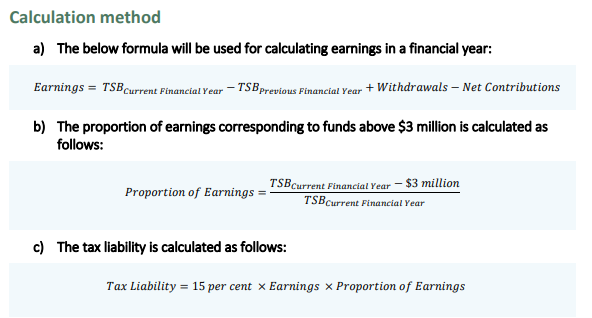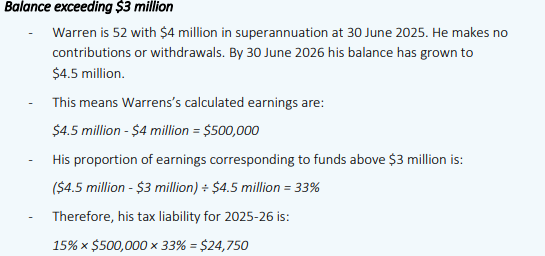A proposed tax on unrealised capital gains could hit your super in years to come
There are two questions Australians might like to ask themselves this week in light of a current proposal to Senate. The first is what $3 million might really be worth in 50 years’ time and the second is whether we should be considering taxes on unrealised capital gains in any form.
These are central to the Treasury Laws Amendment (Better Targeted Superannuation Concessions) Bill 2023, and while on the surface, seems only to affect around 80,000 of Australia’s wealthiest citizens, could have wider implications for years to come.
What is the Treasury Laws Amendment (Better Targeted Superannuation Concessions) Bill 2023?
First proposed in 2023, the bill reduces the tax concessions available in superannuation for higher balance holders.
It proposes that, from July 2025, the tax rate on earnings in superannuation balances over $3 million would lift from 15% to 30% - this increase specifically applies to the proportion of earnings for the balance above $3 million. This applies to APRA-regulated funds, self-managed super funds and exempt public sector schemes.
More controversial to the proposal is the calculation of earnings, which would include unrealised capital gains and losses. The losses will be able to be carried forward and offset against future tax liabilities.
How earnings are calculated
Earnings will be calculated based on the difference between the total superannuation balance of an individual at the end of the financial year compared to the start, less any contributions but still factoring withdrawals. The earnings are then subject to a 15% tax.

It’s worth noting that earnings in the accumulation stage are calculated at 15%, so this is an additional 15% on top for the proportion of the earnings on the balance above $3 million.
You can see an example of how this might work below:

The aim is to use existing fund reporting requirements, rather than make any changes so the calculation on earnings is designed to be simple rather than reporting actual taxable earnings.
Importantly, the $3 million threshold will also not be indexed so over time, inflation will change how many Australians may be affected by the legislation.
The tax can be paid directly via the superannuation balance or out of pocket.
The rationale for the bill
Modelling released at the timing of the initial proposal suggested the bill would generate around $2 billion in its first year of revenue. The view was that this would help fund other changes to the superannuation system, such as superannuation on government funded Parental Leave Pay.
Only 4.5% of Australians have a superannuation balance over $3 million, so it was viewed as having minimal impact to the broader population of Australia.
What does this mean for you?
For the 95.5% of us who don’t have a superannuation balance over $3 million, this may seem to mean very little. But, there’s a few factors to consider.
1. The unprecedented taxing of unrealised capital gainsWe should be concerned at a change to taxation that means unrealised capital gains are taxable – this does open the potential for that taxation to be extended more broadly down the track. It leaves tax open to movements in capital markets. There are also concerns over what this could mean for a range of different Australians, such as farmers who might hold properties in SMSFs and be forced to sell based on unrealised gains in property value.
2. The lack of indexing on the total superannuation balance
There are no provisions at this stage to index the $3 million cap to inflation, so while $3 million may seem unattainable to our 2025 eyes, we can’t assume that will be the case in years to come.
As Naz Randeria, SMSF auditing expert and Managing Director of Reliance Auditing Services, points out, “with future inflation, regional disparity and the continued rise in the cost-of-living, by the time today’s 20-year-olds are retiring, $3 million is likely to be considered modest, or potentially even insufficient”.
If that sounds a bit dramatic, consider that the annual median wage 50 years ago was $6,700, while late last year, it was $86,070.
What next?
The proposed bill is in Senate today – the SMSF Association believes there isn’t sufficient support for it to pass, but advise members to be aware of it. If it did pass, it would be live from 1 July 2025 – though this too may depend on the outcome of the Federal Election.
3 topics

